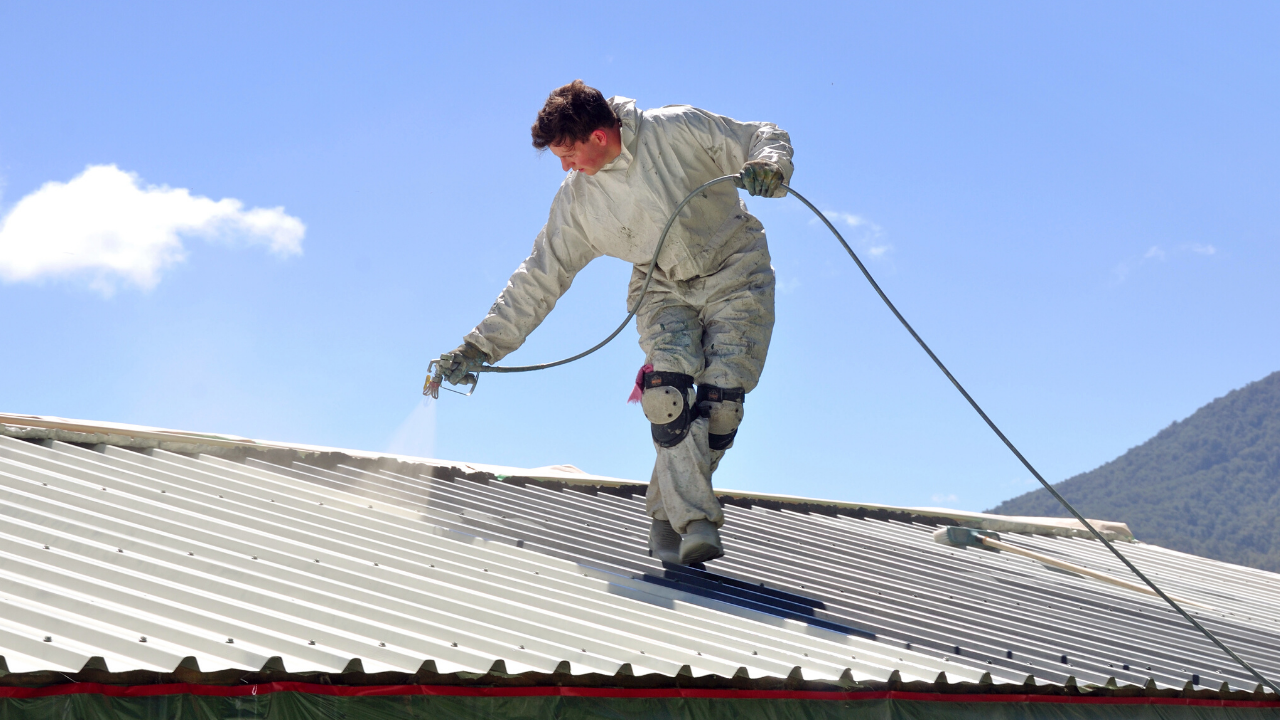5 Ways You Can Make Your Manufactured Home More Efficient
January 23, 2020

In recent years, energy-efficient homes have attracted an increasing amount of interest. Although there are many reasons why you should consider improving the energy efficiency of a manufactured home, most manufactured homeowners seek out energy-efficient alternatives mainly because an energy-saving manufactured home can lower energy bills year-round.
5 Ways You Can Make Your Manufactured Home More Efficient
As a continuation of a previous blog post, this article reveals five ways to retrofit your manufactured home and improve its energy efficiency.
Add Insulation
As more than half of the energy we use in our homes goes toward heating and cooling, insulation plays a critical role in making a manufactured home more energy-efficient. If you intend to purchase a pre-owned manufactured home or you already own an older manufactured home, there are three effective ways to insulate your home, according to EERE.
- Install rigid foam boards: Rigid foam insulation boards, like expanded polystyrene (EPS), extruded polystyrene (XPS) and polyisocyanurate (ISO), have R-values that range from R-3.6 to R-8.0 per inch of thickness. If you're looking for a more affordable insulation alternative that's also water-resistant and non-flammable, you could opt for fiberglass insulation, which comes in rolls, batts, and loose-fill. Keep in mind, however, that the R-value of fiberglass is lower than that of rigid foam boards, ranging from R-2.9 to R-3.8 per inch of thickness. Rigid foam insulation boards and fiberglass insulation that comes in batts or rolls can be easily cut to fit inside the walls, "belly" and roof system (with little obstruction from beams) of a manufactured home.
- Apply injection or spray foam insulation: Spray foam insulation is a liquid foam that can be sprayed onto different surfaces or injected into cavities, where it expands and hardens to create an air barrier. Foam-sprayed insulation is well suited for enclosed spaces and small cavities where it would be too difficult to install other types of insulation. Spray foam insulation has R-values between R-3.7 and R-6.5 per inch of thickness.
- Opt for blown-in or loose-fill insulation: Blown-in or loose-fill insulation is composed of small particles of fiberglass, cellulose or mineral wool, which can fit into virtually any inaccessible space, including oddly-shaped spaces and spaces with obstructions. This type of insulation is best to insulate the area under the floor and the space between the ceiling/attic and the roof.
Replace Old Windows
- Replacing old windows with new, high-performance products is a wise retrofitting decision that won't only affect your manufactured home's interior and exterior
Replace Old Exterior Doors
- To make your manufactured home more energy-efficient, you should also replace old exterior doors with new doors that insulate better. For greater energy efficiency, it's essential to consider the
Convert Your Roof into a "Cool" Roof
- Based on
Opt for Tankless Water Heating
- According to EERE, opting for an
It's also important to know that a manufactured home's HVAC system accounts for about 48% of the total household energy use. As you're trying to make your manufactured home more energy-efficient, opting for a high-efficiency HVAC system could help you get closer to achieving your goal.
